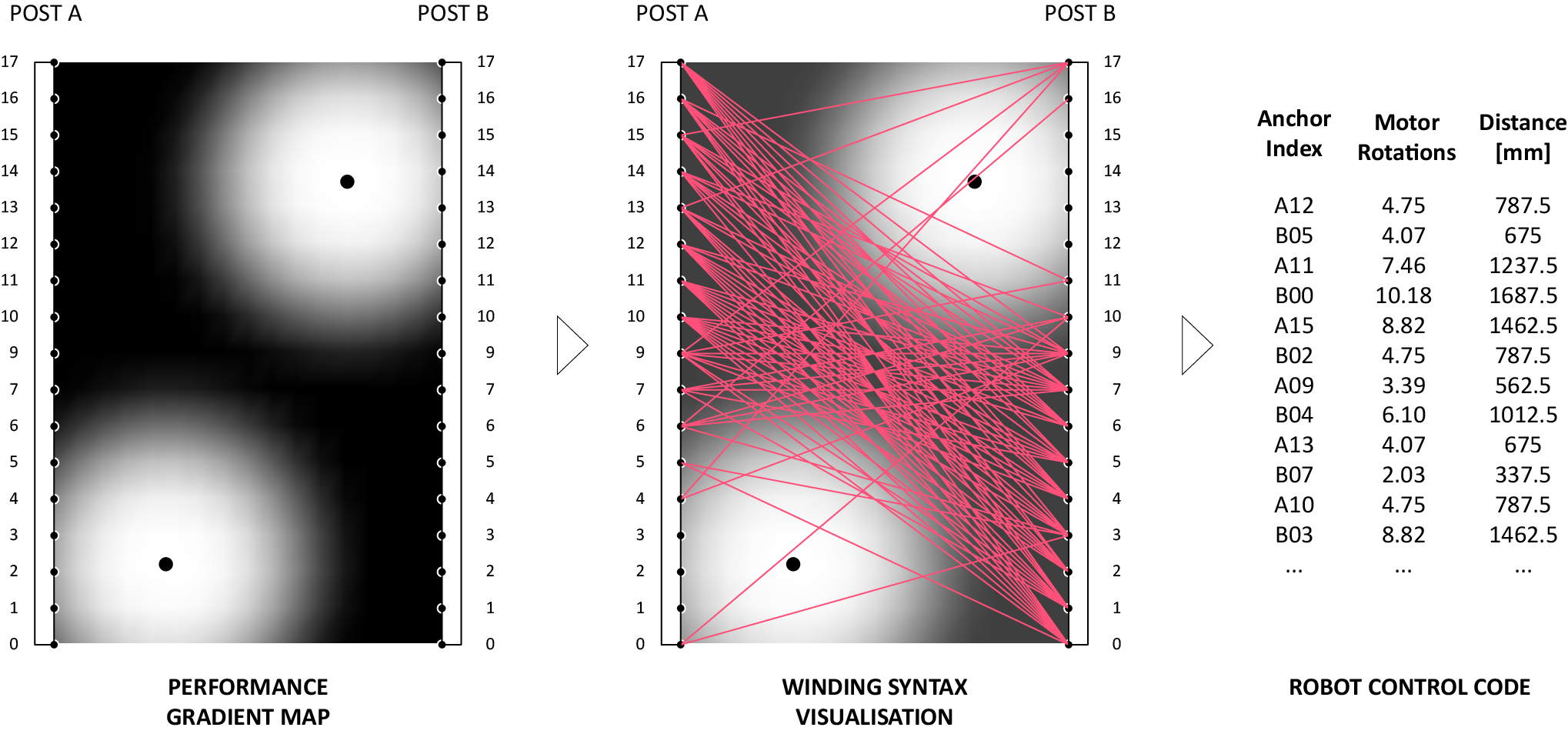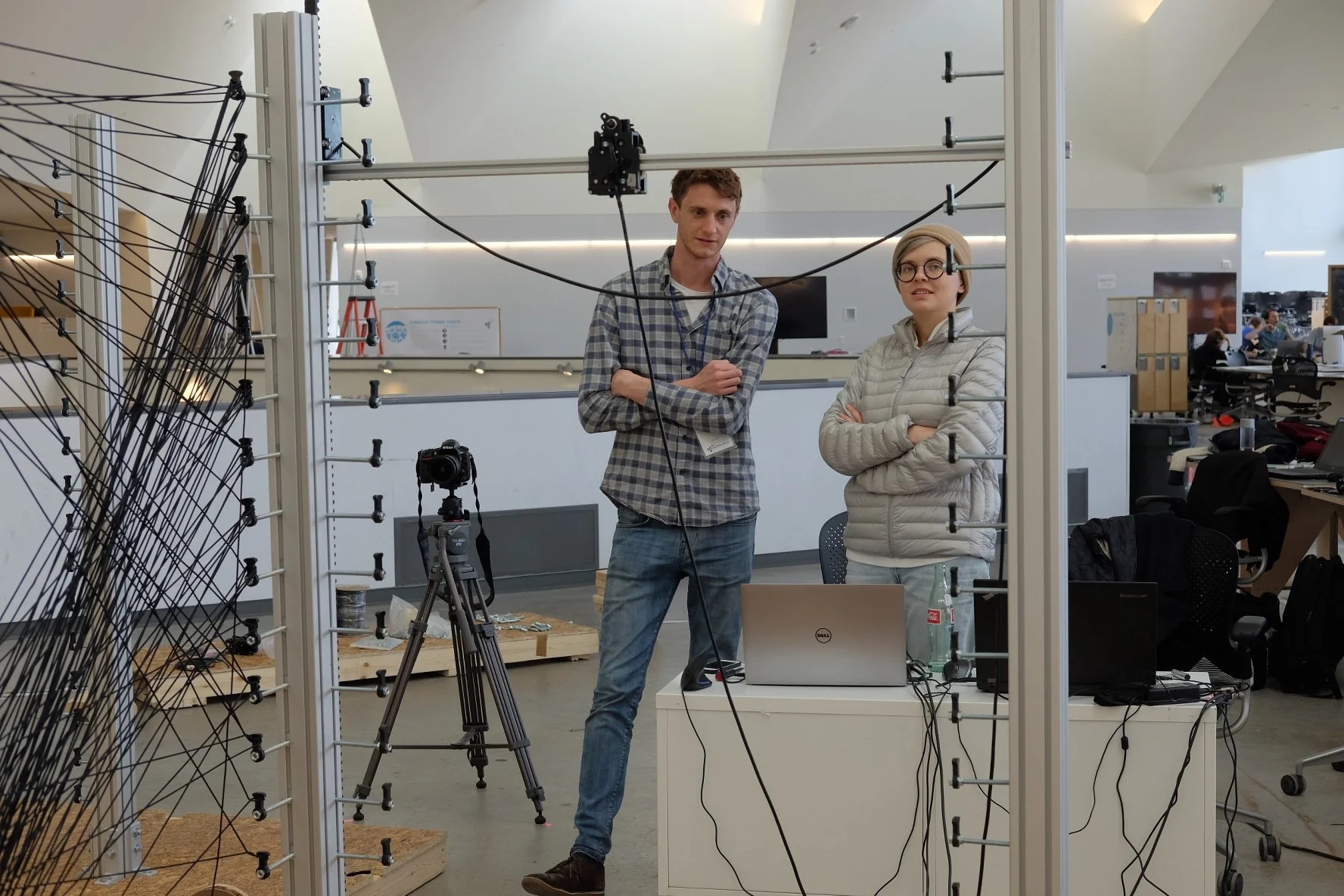Soft Office
The Soft Office project was developed in response to the rapidly changing context of workplace architecture, where accommodating fluid programmatic requirements of occupants has become key to sustaining office space. The project is placed within a broader context of relevant research in architectural robotics, in-situ robotic fabrication, and adaptive and reconfigurable architecture.
It establishes a methodology for workplace configuration through the implementation of a custom collaborative robotic interior reconfiguration system. Within this system, human users and task- specific robots perform complementary tasks toward a dynamic spatial goal that is defined by a set of evaluative criteria intended to predict successful office space configurations.
Venturing beyond robotics as merely a means of construction automation, the presented research deploys an approach that critically engages future models of interaction between humans and robotic architecture, mediated by in-situ, architecturally embedded machines.
In contrast to a conventional collaborative robotic manufacturing process, where a human worker executes fabrication and manufacturing tasks according to a pre-designed blueprint, the proposed approach engages the human user as the designer, the worker, and the consumer of the architectural outcome.
This gives the occupant the agency to rapidly reconfigure their environment in response to changing programmatic needs as well as the ability to respond to outside forces, such as social distancing requirements for the post-quarantine reoccupation of office buildings.
Furthermore, the task-specificity of the presented robotic system allows us to speculate on the future roles of designers in the development of architectural fabrication technology beyond the appropriation of existing hardware and to look toward systems that are architecture-specific.








